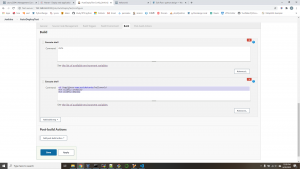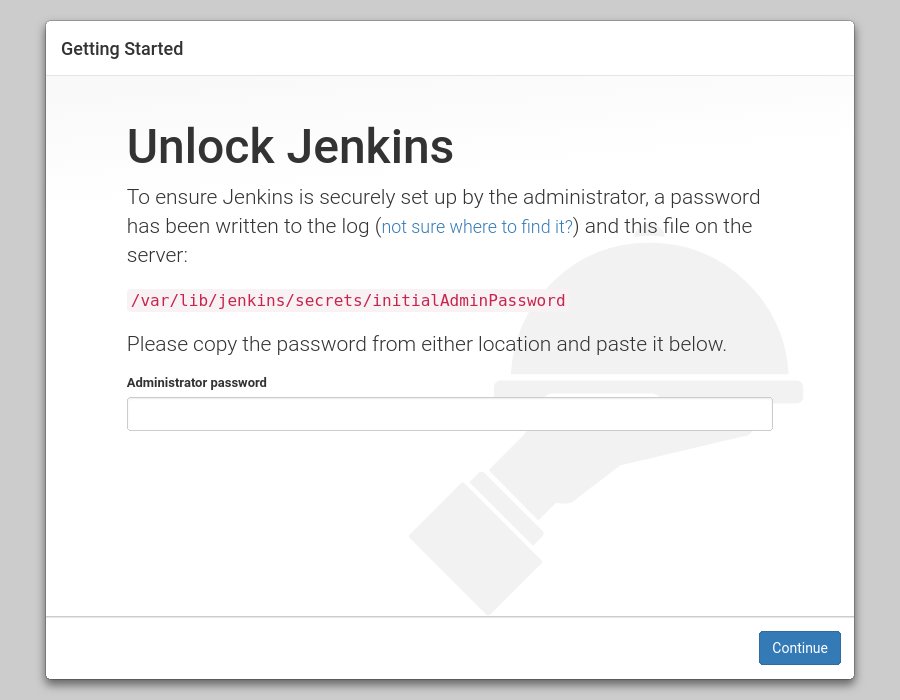- create user ID and sudo rules
create ID ansible on all Linux:
sudo adduser ansible
echo "ansible ALL=(ALL) NOPASSWD:ALL" | sudo tee /etc/sudoers.d/ansible - generate SSH key and copy to client servers:
ssh-keygen
ssh-copy-id ansible@192.168.0.143
ssh-copy-id ansible@192.168.0.61 - install ansible:
sudo apt update
sudo apt install ansible - add client servers:
sudo vi /etc/ansible/hosts
[servers]
server1 ansible_host=192.168.0.143
server2 ansible_host=192.168.0.61 - verify ansible hosts and run playbook
sudo ansible-inventory –list -y
mkdir ~/ansible-demo
create few ansible-playbook in ~/ansible-demo:ansible@ubunu2004:~/ansible-demo$ cat install-apt.yml --- - hosts: all become: yes tasks: - name: Install packages apt: name: - ntpdate - nmap state: latest cache_valid_time: 3600 ansible@ubunu2004:~/ansible-demo$ cat linux-echo.yml --- - hosts: all become: yes tasks: - name: Echo the Date to a tmp file shell: echo "`date`"> /tmp/date - name: Echo String to a tmp file shell: echo "Techexpert.tips is a greate website" > /tmp/techexpert
run the playbook:
```bash
ansible@ubunu2004:~/ansible-demo$ ansible-playbook install-apt.yml
PLAY [all] ***************************************************************************************************************************************************************************************************
TASK [Gathering Facts] ***************************************************************************************************************************************************************************************
ok: [server1]
ok: [server2]
TASK [Install packages] **************************************************************************************************************************************************************************************
changed: [server1]
changed: [server2]
PLAY RECAP ***************************************************************************************************************************************************************************************************
server1 : ok=2 changed=1 unreachable=0 failed=0 skipped=0 rescued=0 ignored=0
server2 : ok=2 changed=1 unreachable=0 failed=0 skipped=0 rescued=0 ignored=0
Ansible Playbook Example – Reading a Variable from the Command-line
This Ansible playbook example named linux-scan.yml will install the Nmap package.
It will read the IP addres from the IP_VAR variable and use NMAP to scan this host.
---
- hosts: all
become: yes
tasks:
- name: Install packages
apt:
name:
- nmap
state: latest
cache_valid_time: 3600
- name: Scan host using nmap
shell: nmap "{{ ip_var }}"
register: out
- debug: var=out.stdout_lines
To run this Ansible playbook, use the following command:
ansible-playbook --extra-vars ip_var=192.168.0.143 linux-scan.yml






